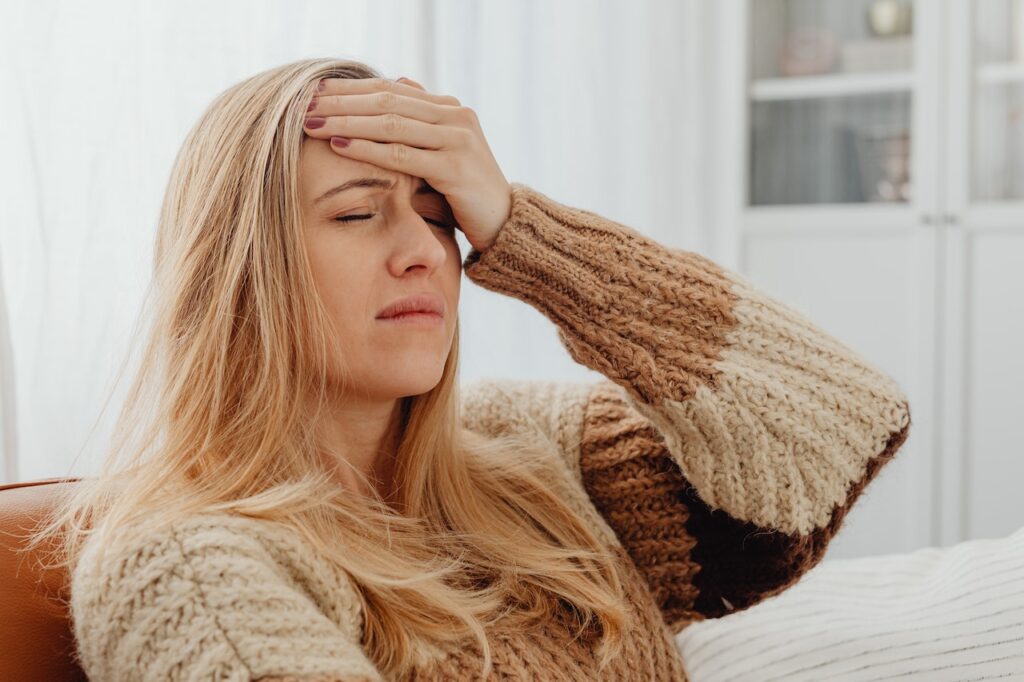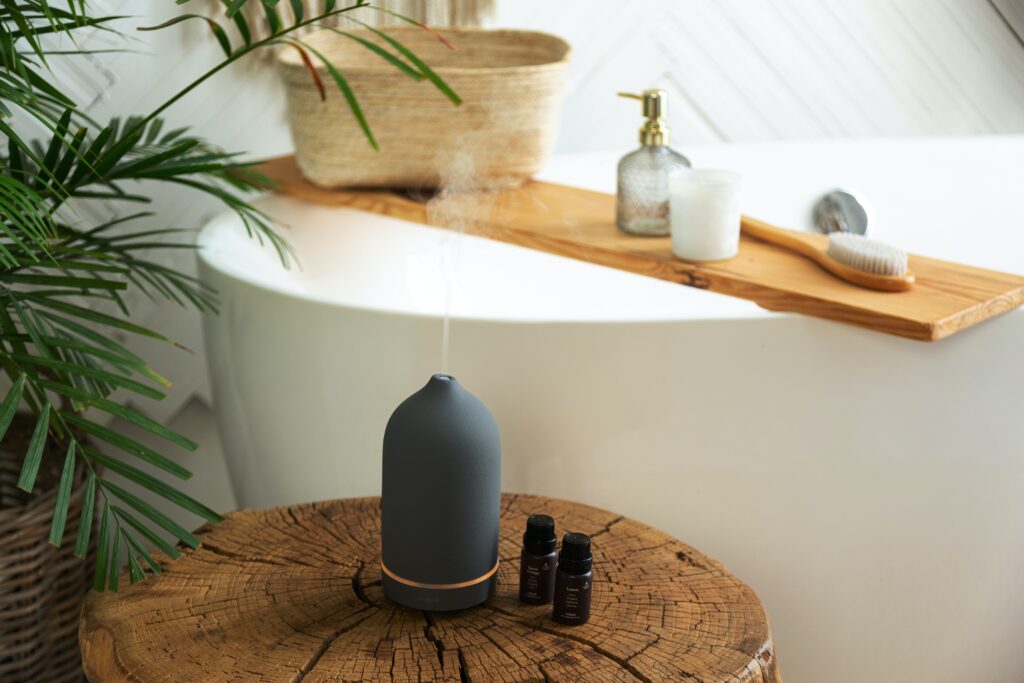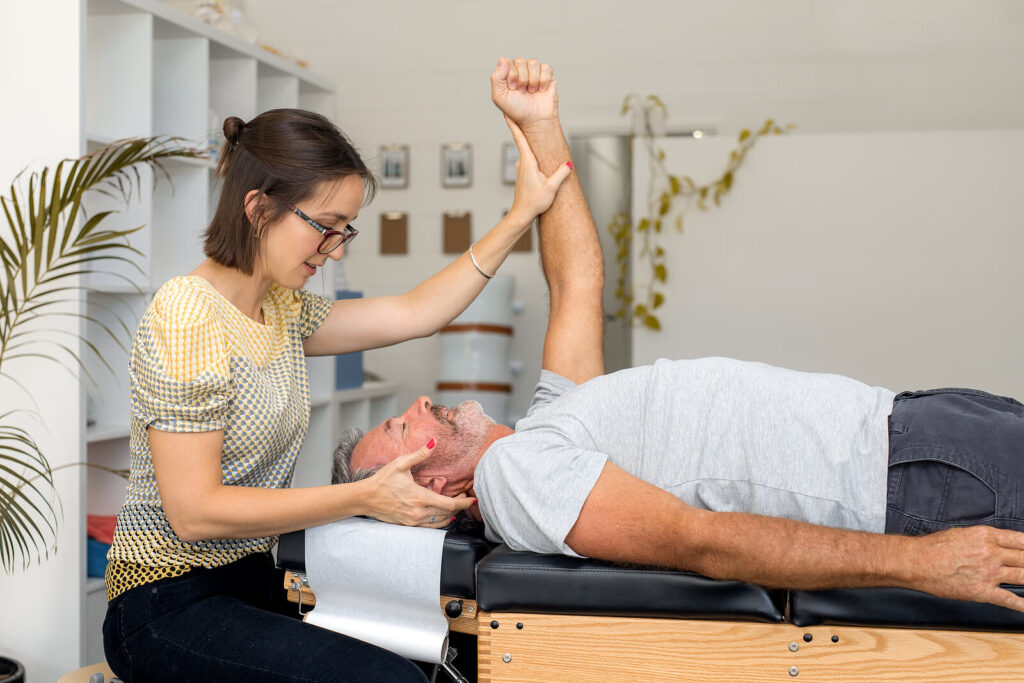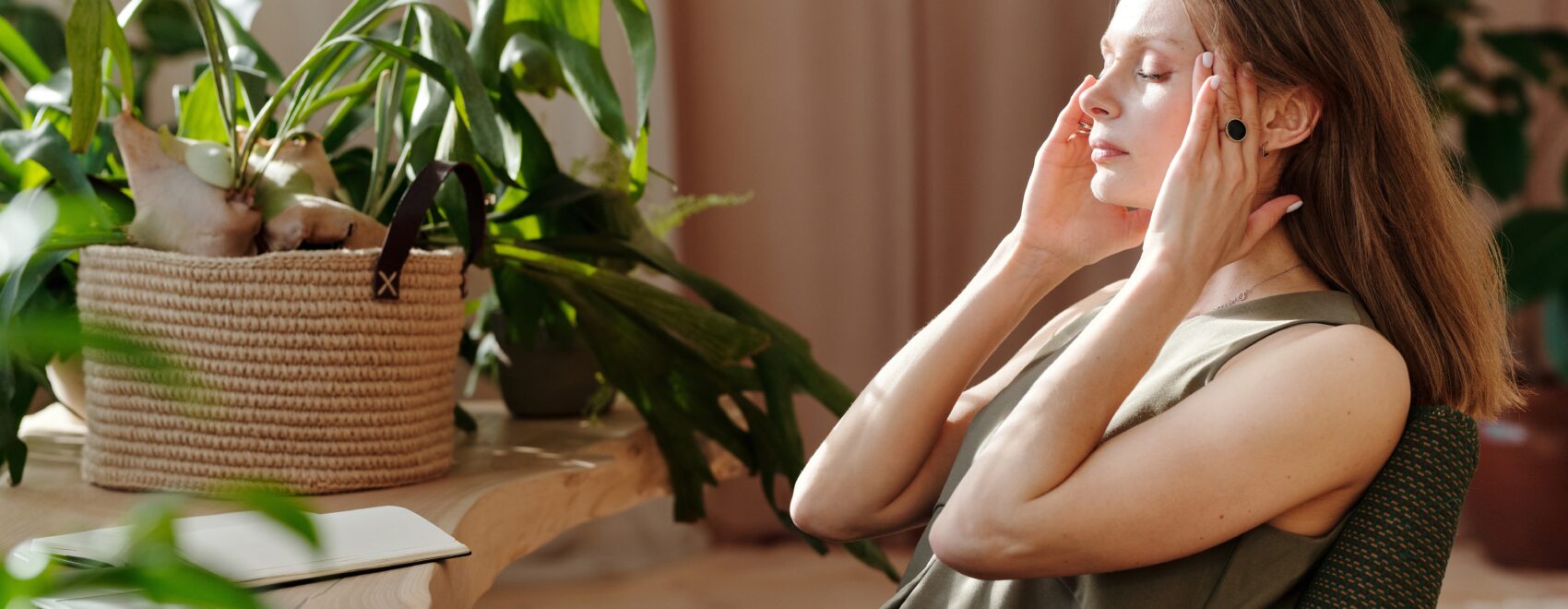When you have a headache or migraine, you want relief – and you want it now. Many reach for over-the-counter pain meds as a quick fix for headaches. Yet, relying on these long-term can cause serious problems.
Luckily, there are natural alternatives that can ease headaches and migraines. Some simple lifestyle shifts may even prevent them from happening in the first place. All without the nasty side effects of pain medications.
So if you’re tired of chronic headaches disrupting your life, you’re in the right place. Read on to discover the best remedies to get rid of a headache naturally.
But first, let’s lay the groundwork with some headache basics.
Types of Headaches
Headaches are usually lumped into two categories: primary headaches and secondary headaches. Primary headaches aren’t caused by underlying health conditions, while secondary headaches are.
There are over 150 different types of headaches. Yet, the following are four types of headaches that tend to happen the most:
- Tension headaches are the most common type of headache and are often triggered by stress. They involve a dull, achy sensation and may also come with tension in the neck, shoulders, or scalp.
- Cluster headaches are marked by severe burning pain on one side of the head, often around the eye. They get their name because they come on in groups or “clusters” that can happen 1-8 times per day.
- Sinus headaches are secondary headaches caused by a viral or bacterial sinus infection. This leads to sinus pain and pressure.
- Migraine headaches cause severe throbbing on one side of the head. They can be set off by environmental triggers like strong scents, bright lights, or even weather changes.
Headaches vs. Migraines: How to Tell Them Apart
As mentioned, a migraine is one type of headache. But it’s much more than that. It’s a neurological disorder that affects roughly 39 million people in the US. For many, migraine is a debilitating condition that can severely interfere with their daily life.

While genes play a role in migraine, attacks can be triggered by environmental stimuli and lifestyle habits. So next, let’s cover some of the most common headache triggers.
The hallmark symptom of a migraine is throbbing one-sided head pain. But it’s only one piece of the puzzle. Migraine attacks can also include nausea, dizziness, extreme fatigue, sensitivity to lights and sounds, and even visual disturbances. For most people, a migraine attack lasts anywhere between 4 to 72 hours.
What Causes Headaches?
In short – LOTS of things! Some of the most common triggers for headaches and migraine attacks include:
- Hormones
- Stress
- Dehydration
- Exertion
- Sinus congestion
- Allergies
- Perfumes & other strong scents
- Bright lights
- Genetics
- Poor posture
- Certain foods (especially aged cheeses, processed meats, artificial sweeteners, MSG, and chocolate)
- Lack of sleep
- Blood sugar imbalances
- Weather changes
- Alcohol
- Caffeine
- Medications
- Illnesses
If you’re not sure what’s triggering your headaches, consider keeping a headache diary to track your symptoms. After all, you can’t avoid your triggers if you don’t know what they are!

In your headache diary, consider logging:
- Foods
- Beverages (especially alcohol and caffeine)
- Where you are in your menstrual cycle
- Exercise/physical activity
- Sleep and wake times
- Changes in medication
- Weather
- Stress levels
- Severity and duration of headache or migraine attack
- Any remedies that offered relief
Over time, you’ll start to notice patterns and pinpoint your own unique triggers. Then you can tweak your lifestyle habits to limit or avoid those triggers altogether.
How to Prevent Headaches & Migraines: 5 Helpful Tips
For headaches and migraine, prevention truly is the best medicine. The following five tips are helpful for headache prevention and are key to your overall well-being.
Stay hydrated
Dehydration is one of the most common causes of headaches – and one of the simplest to fix! To keep headaches at bay, aim to drink eight 8-oz glasses (or around 2 liters) of water each day.
Manage stress
Stress is the #1 trigger for both migraine and tension headaches. So rather than waiting until stress gets out of hand, commit to daily stress relief.

Practicing the healthy lifestyle habits above is a great start to reducing your headaches and migraines. That said, it doesn’t guarantee you’ll never have another headache.
Meditation, journaling, listening to calming music, breathwork, or yoga are all good options. A little goes a long way – even 5 minutes a day can help!
Exercise
Exercise reduces stress, releases tension, and improves circulation. But it also boosts endorphins, your body’s natural painkillers. Research shows that regular exercise can reduce the intensity and frequency of migraine attacks.
Get plenty of sleep
People who don’t get enough sleep experience more frequent migraine attacks and tension headaches. So getting quality sleep is crucial.
Just don’t overdo it. Studies show getting too much sleep can also trigger migraine attacks. So stick to a regular sleep schedule and aim for around 7-9 hours each night.
Don’t skip meals
While fasting is trendy, if you suffer from headaches or migraines, it may not be a good fit. When you skip meals, your blood sugar drops. This can cause hunger headaches and trigger migraine attacks.
Keeping your blood sugar steady is key to headache prevention. So avoid skipping meals and keep healthy snacks on hand when you’re on the go.
7 Natural Headache Remedies
Luckily, several natural remedies can offer relief when a headache strikes:
Rest up
Often a headache or migraine attack is a clue your body needs a break. So rather than forcing yourself to push through to-do lists, slow down and rest. Preferably in a dark, quiet room.
Instead, take some time to lie down and relax. You can take a nap, try some breathing exercises, or do a guided meditation.
Bright lights and loud noises can aggravate headaches and migraine pain. So you may want to limit screen time until your headache passes. Electronic devices emit blue light, which can worsen migraine pain.

Essential oils
Certain essential oils have potent headache-relieving properties. One study found that when lavender oil is inhaled, it eases the severity of migraine headaches.
Peppermint oil is another to have on hand. It’s shown to relieve tension headaches when used topically. To apply, dilute a few drops of peppermint oil with a carrier oil such as jojoba or coconut oil. Then rub it into your neck, forehead, and shoulders for some soothing relief.
Cold compress
When you feel a migraine coming on, reach for the ice. Research shows that applying a frozen neck wrap at the onset of a migraine attack can significantly reduce migraine pain.
Cold therapy restricts blood vessels, which can numb sensations of pain. Just be sure to stick to 15 minutes at a time to prevent frostbite.
Massage pressure points
Acupressure involves pressing specific points on your body to improve blood flow and help your body relax. And luckily, certain pressure points are linked with headache relief.
One study found acupressure treatments relieved chronic headaches even better than muscle relaxers. For a handy walkthrough of the best headache relief pressure points, check out this video.
Magnesium
Research shows that people who suffer from migraine are often low in magnesium. Fortunately, supplementing with magnesium can reduce the severity and frequency of migraine attacks.
So consider taking a daily magnesium supplement. Or try eating more magnesium-rich foods such as:
- Black beans
- Avocados
- Almonds
- Cashews
- Pumpkin seeds
- Spinach
- Bananas
- Dark chocolate

Chiropractic care
Chiropractic adjustments put your spine in proper alignment. This can help clear any nerve blockages that may lead to headaches. But it also eases the neck pain that often comes with migraine and other headaches.
Acupuncture
Acupuncture involves inserting needles into pressure points to help restore energy flow in the body. Research shows acupuncture treatments may reduce the severity and frequency of migraine headaches.
One study found acupuncture was just as effective at relieving migraine pain as a prescription beta blocker.
Get Relief from Your Headaches & Migraines with Acupuncture & Chiropractic Care in Orland Park, IL
Feel like you’ve tried everything to ease chronic headaches and migraines, but still aren’t finding relief? You may need a more targeted approach.
At Anchored in Health, we combine functional medicine, acupuncture, and chiropractic care to help you find relief faster. Our Chiropractor and Functional Medicine Doctor can help get to the root of what’s causing your headaches or migraines. If you’re ready to start your wellness journey toward living a healthier, less painful life, follow these steps:
- Reach out to your Orland, IL-based office
- Book your appointment with our acupuncturist, chiropractor, or holistic doctor
- Start healing and living a more pain-free life
Other Holistic Health Services at Anchored in Health in Orland Park, IL
To help you feel your best so you can live your healthiest and happiest life we offer a variety of other holistic health services. Including thermography and genetic screening. As well as massage therapy and the Shape ReClaimed Program.
Disclaimer: The information provided on this blog is for educational and informational purposes only and is not intended to diagnose, treat, cure, or prevent any disease. The content is not a substitute for professional medical advice, diagnosis, or treatment. Always seek the guidance of a qualified healthcare provider with any questions you may have regarding your health or a medical condition.
Reading this blog does not establish a doctor-patient relationship between you and Anchored In Health or any of its practitioners. Reliance on any information provided in this blog is solely at your own risk. For medical concerns, always consult a licensed healthcare provider.
